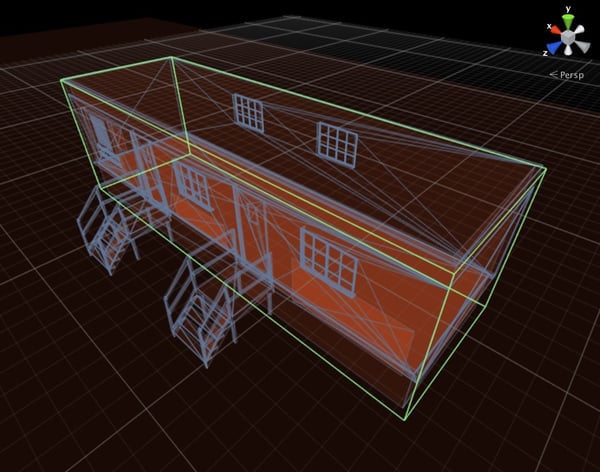
On September 12th, three members of the IrisVR team made a trip out to Seattle for the AEC Hackathon. The event brought industry experts and tech enthusiasts from all over the country to solve a challenge related to Architecture, Engineering, or Construction. There were 3D printers, laser scanners, a full motion virtual reality environment, drones, and more. Of course, we brought an Oculus Rift.
Our team was made up of Nate, Jack, and myself, Greg. The only instruction we received was to use technology to solve a ‘pain point’ in the industry. We’re mostly programmers without much direct AEC experience, so we started out the morning by asking around to identify some pain points. Before long, we ran into Dan Shirkey and Keith Walsh from Balfour Beatty Construction. Dan is the Technology Center of Excellence Leader for the West Region of Balfour Beatty Construction, and his primary focus is to capture and grow the best cases of technology use and to bring new technology and innovation to Balfour Beatty Construction. Dan and Keith identified workplace safety as a top priority, and together we came up with a plan to use technology to improve safety training. Before long, we had our team - Hazyard.
It turned out to be a great opportunity to use the Iris Viewer and the Oculus Rift. Our goal was to create a Virtual Reality safety simulation from an actual worksite model. The first tool was an open-source SketchUp Plugin that a construction manager could use to place ‘hazards’ on a worksite model and attach metadata. Hazards could be swinging cranes, moving trucks, or just regions where you shouldn’t be walking. When the model is loaded into virtual reality with the Iris Viewer, these hazards trigger actions, such as a fun reminder not to walk behind a truck. New site workers can use it to familiarize themselves with a worksite before even setting foot on what might be a busy and hazardous environment.

The really fun part was gamifying our creation. You earn points by identifying people without proper safety equipment or by evacuating along a safe route. You also lose points if you enter dangerous areas or incorrectly identify safety concerns. Using safety as a game can make safety training a fun and more enjoyable experience. Most importantly, being in VR means a level of immersion beyond what you could experience on a computer screen.
It was an intense weekend of coding, but we made it through with ample coffee, pizza, and Clif Bars. We headed back to Vermont with an honorable mention and a couple of new friends from Balfour Beatty Construction, not to mention a new appreciation for workplace safety. So if you have to go somewhere dangerous, go there in VR first and stay out of the danger zone.
.png?width=212&name=Prospect%20by%20IrisVR%20Black%20(1).png)

